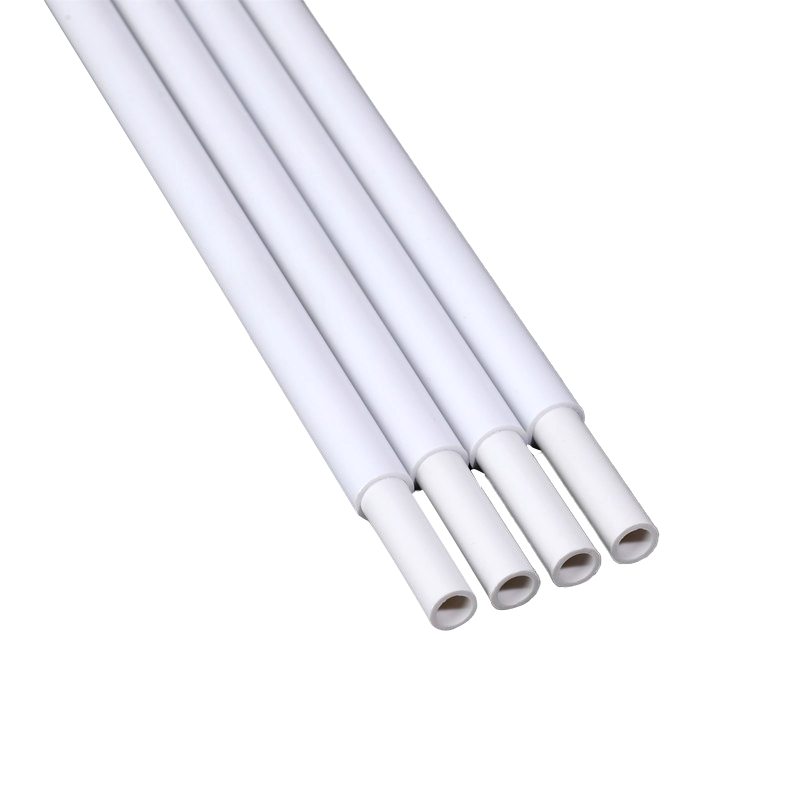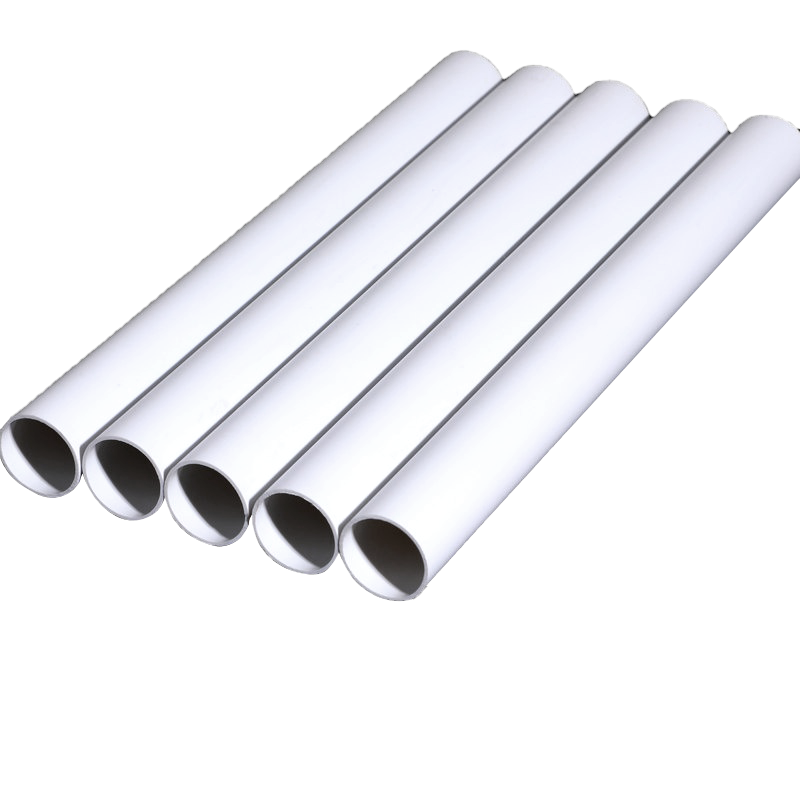Search by posts
Product category
Industry News
 By Admin
By Admin
How to improve the weather resistance and anti-aging performance of PVC Profiles?
PVC Profiles are widely used in building doors and windows, decorative materials and other fields, and are favored for their excellent heat insulation, sound insulation and cost-effectiveness. However, during long-term outdoor use, PVC profiles are easily affected by factors such as ultraviolet radiation, temperature changes, humidity and air pollution, resulting in aging phenomena such as discoloration, embrittlement and cracking of the material. Therefore, improving its weather resistance and anti-aging properties has become the focus of industry attention.
1. Optimizing the raw material formula
The basic raw material of PVC profiles is polyvinyl chloride resin, but PVC alone is difficult to meet the needs of long-term outdoor use. In the production process, the reasonable addition of additives such as stabilizers, antioxidants, ultraviolet absorbers and impact modifiers is the key to improving its weather resistance.
Heat stabilizers and light stabilizers: PVC is easily degraded by heat and light during processing and use. Adding calcium-zinc composite stabilizers or organic tin stabilizers can effectively inhibit thermal decomposition; at the same time, adding ultraviolet absorbers (such as benzotriazoles) and HALS (hindered amine light stabilizers) can effectively absorb ultraviolet rays and delay the aging process of the material.
Antioxidants: Oxidation is one of the important causes of PVC aging. Adding primary antioxidants (such as phenols) and secondary antioxidants (such as thioesters) can remove free radicals and slow down oxidation reactions.
Impact modifiers: CPE (chlorinated polyethylene) or ACR modifiers can not only improve the low-temperature impact resistance of the profile, but also enhance its overall toughness, thereby indirectly improving its anti-aging ability.
2. Use co-extrusion technology
Co-extrusion technology is an advanced process that wraps highly weather-resistant materials (such as PMMA, ASA or colored ASA) on the surface of PVC substrate. This structure allows the profile to maintain its original performance while the outer layer has excellent UV resistance, anti-discoloration and corrosion resistance, greatly extending its service life. It is especially suitable for high-end door and window products with high requirements for beauty and durability.
3. Control production process parameters
The weather resistance of PVC profiles is also closely related to its production process. Reasonable mixing sequence, precise temperature control and appropriate cooling and shaping process can reduce stress and defects inside the material, thereby improving its stability.
Mixing uniformity: Ensure that various additives are fully mixed with PVC resin to avoid local performance differences.
Processing temperature control: Excessive processing temperature will cause PVC to degrade prematurely, and the extrusion temperature curve should be adjusted according to the formula.
Cooling and shaping method: Rapid and uniform cooling helps to form a dense structure and reduce the generation of microcracks.
4. Strengthen post-processing and protective coating
In the finished product stage, the weather resistance of PVC profiles can be further improved by spraying or coating high-performance protective layers. For example:
Fluorocarbon coating: It has excellent weather resistance and chemical resistance and is often used in high-end building profiles.
Nano coating: It has self-cleaning, UV protection and other functions, which can effectively extend the service life of profiles.
5. Standard testing and quality control
Establishing a complete quality inspection system, regularly conducting artificial accelerated aging tests (such as xenon lamp aging tests), weather resistance evaluation, timely discovering the trend of material performance changes, and optimizing the formula and process accordingly, is the basis for ensuring the long-term stability of the product.
Improving the weather resistance and anti-aging performance of PVC profiles requires coordinated optimization of multiple links from raw material selection, formula design, production process to post-processing. As consumers' requirements for product quality and environmental performance continue to increase, companies can only occupy a favorable position in the fierce market competition by constantly innovating technologies and processes. In the future, green, efficient and long-life PVC profiles will become an important direction for the development of the industry.

Recommended products
-
2023 New Cheap Plastic Pipe Multiple Colors And Sizes Custom Hand Waving Flagpole
-
Wholesale Custom Pvc Material Indoor Desktop Flagpole Hand Waving Flagpole
-
Customizable Size Custom Logo Plastics Hand Waving Flagpole Big Pvc Flagpole
-
Plastics Hand Waving Flagpole Factory Direct Custom Wholesale PVC Flagpole Parts Pipe
-
Custom Easy Install Safety Flagpole Pvc China Factory Hand Waving Flagpole
-
New Popular Product Transparent Pvc Flagpole Custom Size Hand Waving Flagpole
-
2023 High Quality Hand Waving Flagpole Big Or Small Flagpole Size Custom
-
Fast Delivery Promotion Factory Wholesale Flagpole Pvc Pipe Hand Waving Flagpole
-
2023 Personalized Custom Desk Hand Waving Flagpole Outdoor White Flagpole
-
Wholesale 2023 Hot Sale Used Flagpole Weight Custom Pvc Hand Waving Flagpole
-
Wholesale Products Cheap High Quality Hand Waving Flagpole Newest Sections Flagpole
-
Wholesale Cheap High-Quality Hot Sale Flagpole Cylindrical Hand Waving Flagpole

 +86-0573-88528475
+86-0573-88528475 English
English русский
русский












